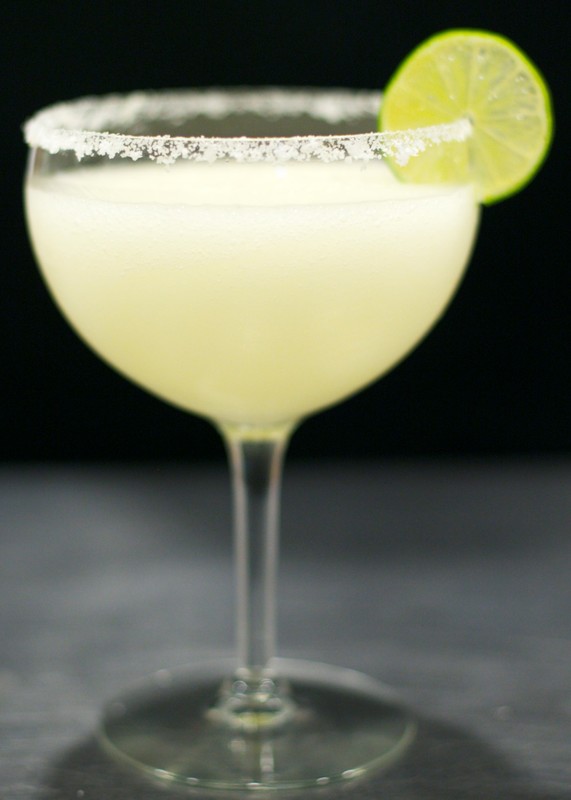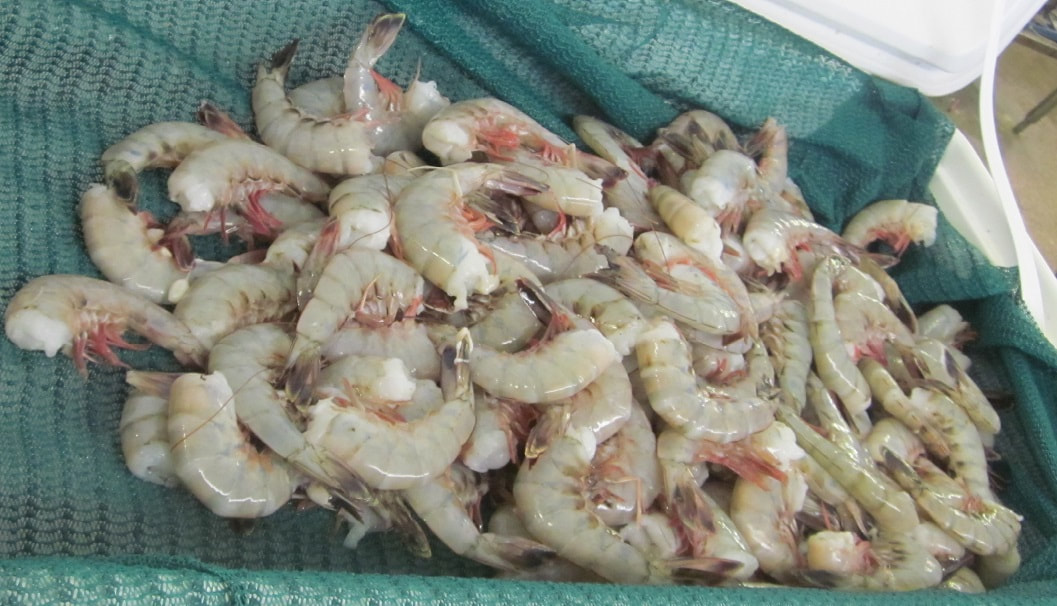Excellent made-to-order margaritas featuring top-shelf tequila, freshly squeezed lime juice and more can now be found in numerous restaurants throughout the city, which is a very good thing. These concoctions have deservedly became much more popular, as they are usually much tastier than the margaritas we grew up with – and, not incidentally, the nice extra margin for the establishments ensures that these are always pushed by the servers.
But, sometimes, with the desire to dull the edge in a familiar fashion for well less than $10 to be slurped with some caloric and spicy enough Tex-Mex, especially when it’s hot and humid outside, a basic frozen margarita is often what’s on the mind. These have been a Houston staple since the early 1980s, and quite likely still the most commonly ordered mixed drink in the area.
There is a wide variance in the quality of frozen margaritas, most I find are too sweet and often redolent of cheap margarita mix plus the unmistakable bite of inexpensive and harsh-tasting tequilas, if there is much tequila at all, and some arrive as a slushy mix and quickly watery mix rather than truly frozen. With these lesser margaritas, one is usually my limit before needing to switch to beer. But, as the bar has been raised on the high end, and several places offer quality house frozen margaritas in addition to a usually estimable array of top shelf margarita-inspired cocktails. What I believe makes a good house frozen margarita includes a pleasant mix of tart and sweet, and certainly not too sweet, evident, clean-tasting tequila made from 100% agave, usually the unaged silver tequila, some taste of lime and not much in the way of processed flavors. Good is good enough for a quality house frozen margarita, in my opinion.
After years of dedicated research, below is my list of the best frozen margaritas in Houston, listed alphabetically. Just frozen. Yes, I know that margaritas on the rocks are better than frozen margaritas even with basic ingredients, and I really like the very tart not-quite frozen specialty at Spanish Village, but this list is for bulk-made and wallet-friendly frozen staple of the Houston people.
In "research" in the past year-plus since the original version of this was posted, I have had to drop Ninfa's and Pico's, the latter has devoted their effort to the more expensive, and still excellent, top-shelf margaritas. Ninfa's quality has seemingly dropped too much, too. Maybe that is influenced by the significant and definite drop in quality of their long-famed fajitas, which makes for a more disappointing visit, overall.
Eight Row Flint – From the folks at Heights-also Revival Market and Coltivare, this upscale ice house in a former Citgo station focuses on bourbon, but along with their other cocktails, their frozen margaritas are very good, and probably much more interesting and tastier than they need to be. Featuring Lunazul blanco tequila, Mathilde XO orange liqueur from top-notch cognac maker Pierre Ferrand mixed with judicious amounts of fresh lime juice and salt tincture, these are very enjoyable, and especially easy to drink, on a warm evening.
El Tiempo – Long known for probably the strongest margaritas around and rumors that Everclear played a big role in the mix, I had found these too sweet and unbalanced for my tastes until the few years or so when they changed the makeup and upgraded the tequila (and one bearing their own lable). These are now usually very enjoyable, learning toward the tart side but pleasantly balance, while retaining all that potency.
Laurenzo’s – Same as above.
The Pastry War – You should expect that the bar dedicated to tequila and mescal from the folks at Anvil would serve up an excellent frozen margarita if they deigned to, and they do, thankfully. For just $8 you are treated to a more serious than usual frozen blend of quality blanco tequila, key and Persian limes, agave nectar and citrus salt.
Texas Shrimp Shack – With still plenty of plenty of tequilas on display when it was Maria Selma's, who remain with a new tasty concept, this Montrose eatery has always had a very enjoyable and properly balanced frozen margarita.




 RSS Feed
RSS Feed

